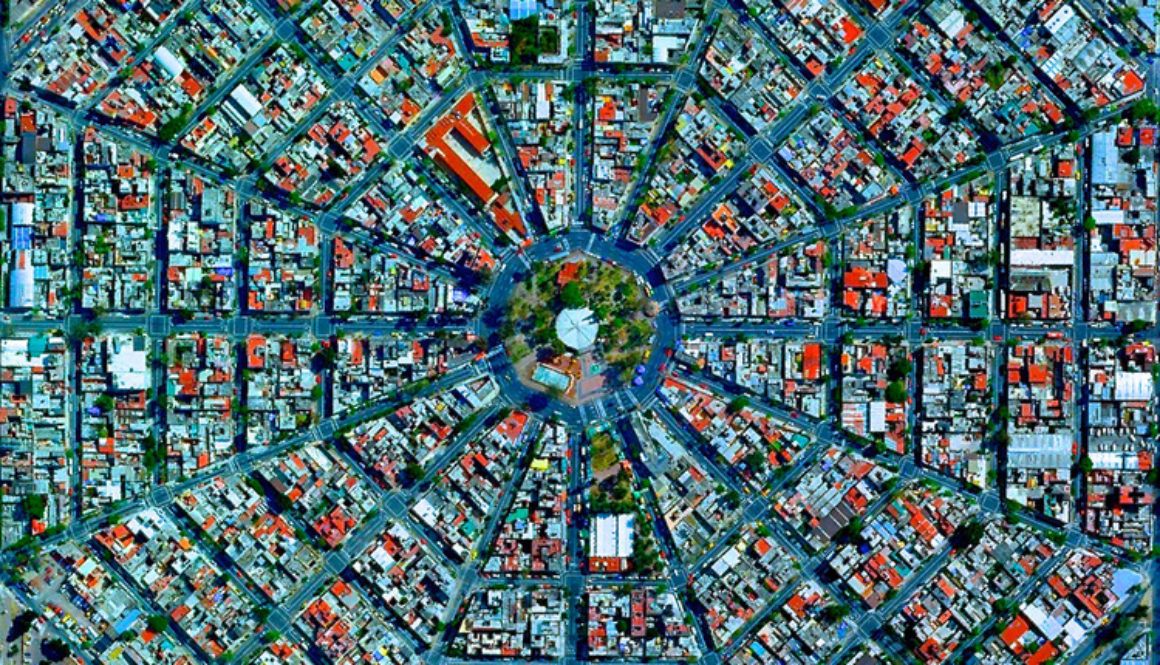Nueva Publicación con LeadersLink.org
Después de los huracanes Harvey, Irma y Maria, Resilient/City anuncia con orgullo una nueva publicación sobre los vínculos entre la resiliencia urbana y la gobernanza basada en resiliencia.
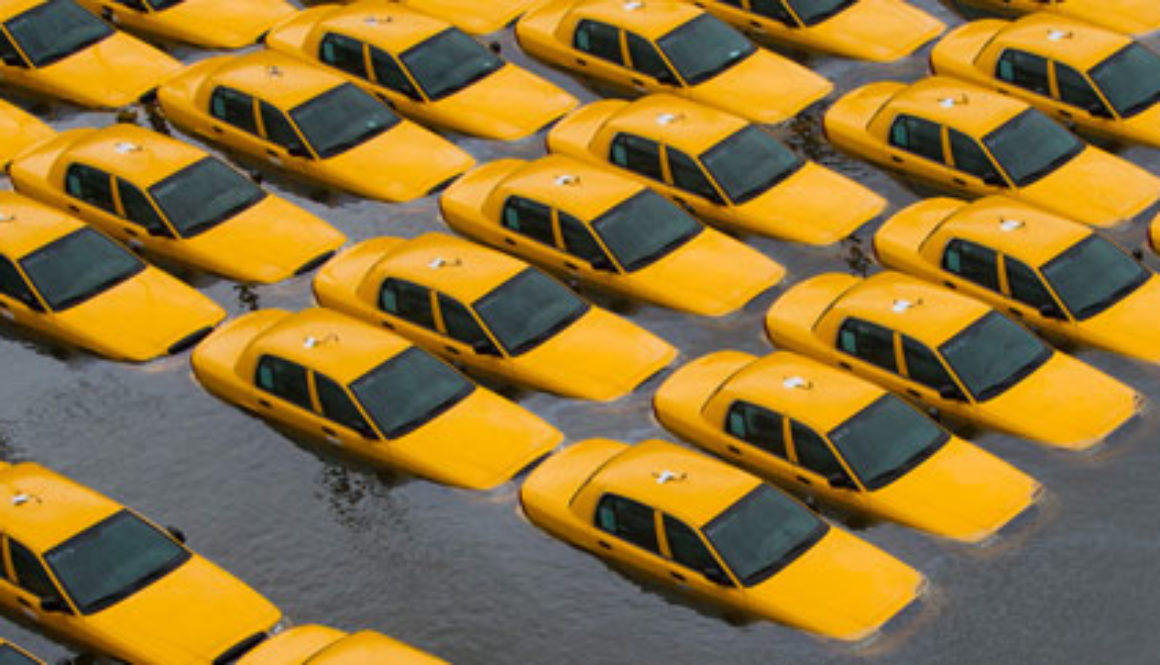
Alexander Mirescu Noticias Actuales, Uncategorized
Después de los huracanes Harvey, Irma y Maria, Resilient/City anuncia con orgullo una nueva publicación sobre los vínculos entre la resiliencia urbana y la gobernanza basada en resiliencia.
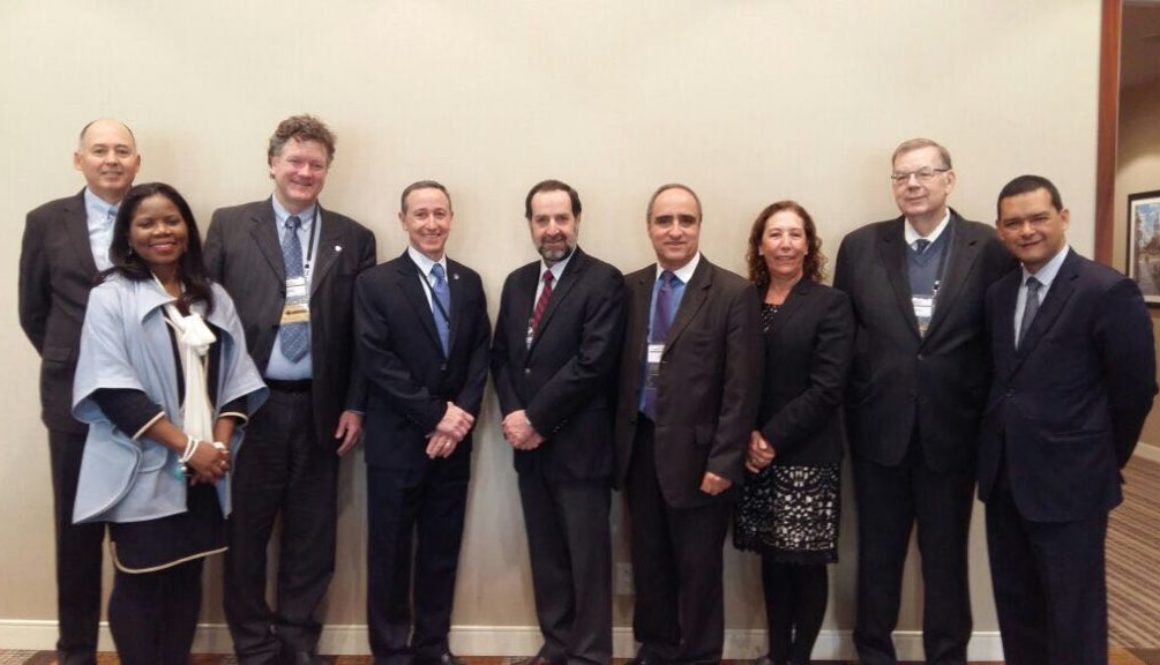
Alexander Mirescu Noticias Actuales
Resilient/City had the honor to be invited to a working breakfast with SRSG Robert Glasser, Director of UNISDR, and his talented staff (Raul Salazar, Humberto Jaime and Kiki Lawal) to discuss private sectors inputs in resilience and risk reduction.
On this final day of the United Nations Fifth Regional Platform in Montréal, participants and speakers have been focusing more and more on the importance of integrating the private sector in understanding risk as it pertains to SMEs, large corporations and local business markets. The Sendai Framework for Action is a key guide in this process.
Municipal or national governments alone don’t carry the economic asset losses generated by natural and man-made disasters. Rather, it is businesses of all sizes that suffer. The cascade effects in labor markets, tributary businesses, infrastructure and supply chains exacerbate loss, which make it even more difficult to ascertain actual loss figures. Hence, new partnerships between government and the private sector can open up new opportunities to make resilience efforts more inclusive in addressing risk.
Lessons-learned are key. For example, last year’s forest fires in Fort McMurray, Canada resulted in the largest insurance loss in the country’s history. However, the private sector was better positioned to resiliently recover from the fires because of prior experience of losses due to natural disasters.
Resilient/City shared some of our experiences of how economic losses manifest in Mexico. Isaac Preciado, Resilient/City co-founder and chief of operations in Latin America, applied aspects of our RES/MAP evaluation tool to assess resilience at the micro-level in four neglected recreational spaces in Zapopan, part of the Metropolitan Zone of Guadalajara (ZMG). The results were sobering: with annual rains and flash floods intensifying, these once-green spaces have lost their adaptability to the changing climate. Underlying risk drivers like poverty and poor infrastructure in these neighborhoods further complicate matters. Therefore, local businesses bear the brunt of increased loss of recovery efforts, which negatively affects local wages. The cycle of vulnerability therefore continues unbroken.
Currently, we are working on project funding to strategically place “resilient park spaces” in these neglected areas in Zapopan. By drawing on micro-level qualitative analysis, Resilient/City was able to understand what it is about hydrometeological hazards that drive risk and increase economic losses. The design of our intended parks would increase water absorption and mitigate flood damage through green infrastructure, flood basins and rain gardens, as well as enhance air quality through CO2 reduction, thereby reducing the number of lost business days of local formal and informal businesses.
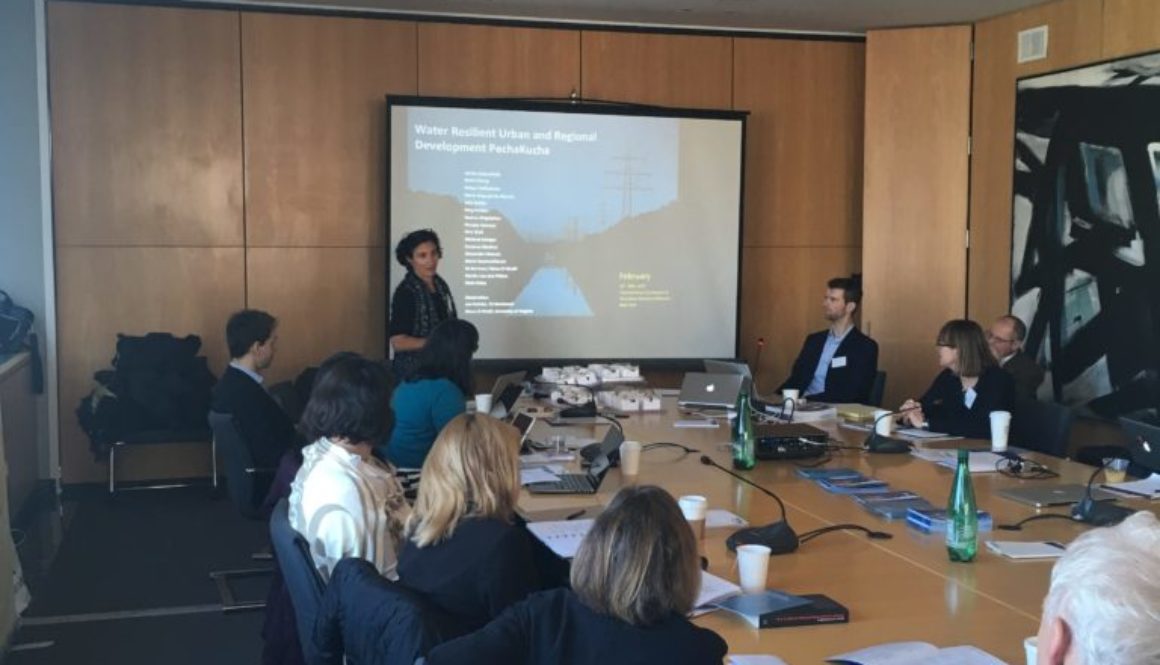
Alexander Mirescu Noticias Actuales
From 16-18 February, 2017, RESILIÉNT/CITY was proud to support as co-sponsor the University Alliance Ruhr (NY), along with its invitees TU Dortmund University, Rutgers University and the University of Virginia at the “Water Resilient Urban and Regional Development: Transforming City Regions & The Urban Research Network,” a workshop to exchange best practices in regional development and water management. Local and international partners from German and North American universities, municipal representatives and the private sector focused on the lessons-learned from their respective global regions.
After a welcome by Peter Rosenbaum, Executive Director of the University Alliance Ruhr office in New York, Ambassador Jürgen Schulz, Deputy Permanent Representative of Germany to the United Nations, opened the event with a personal note of the positive changes in his home region, the Ruhr Area. Two presentations delved into questions of water, regional development and the environment. Dr. Uli Pätzel, CEO of Emschergenossenschaft and Lippeverband, laid out the historical path of water needs of the once heavily industrialized Ruhr. After decades of mining and industry, the region now boasts over 300km of renaturalized waterways, bicycle paths and an extensive network of water treatment plants.
With a focus on New York City, Pippa Brashear, Director of Planning and Resilience at SCAPE, addressed the threats of climate change and the challenges of designing resilience projects. Her presentation on SCAPE’s Living Breakwaters, a project funded by Rebuild By Design, reminded attendees of the long-term effects of Hurricane Sandy and how local communities in Staten Island are re-thinking their co-existence with living in an urban-coastal context.
Professor Christa Reicher from TU University Dortmund opened Friday sessions with her work on polycentric city-regions, focusing on civic participation at the Phoenix Lake project in Germany. Speaking on ‘two scale urbanism,’ she described water as a “soft factor for urban development,” but also as an aesthetic factor. Professor Wolfram Höfer of Rutgers University shifted the discussion by integrating the current topic of resilience and urbanism. Highlighting research on risk mapping in metro New Jersey, Höfer underscored the importance of parks management in suburban resilience, a topic area often overshadowed by the concept of urban resilience.
After short exposés by American and German planners and the City of Vancouver, Kai-Uwe Bergmann, Partner at BIG NYC, presented New York City’s “Big U” project, concluding Friday’s workshop. Bergmann discussed the city’s efforts to reduce risk of sea-level rise and climate change by “defensively looking at water as a threat.” The RBD-funded project relies on information from local residents. It integrates flood defenses from Manhattan’s East Side to the Hudson River coastline. A panel discussion with workshop participants, the Center for Urban Disaster Risk & Resilience and the United Nations Office for Disaster Risk Reduction critically assessed the successes and challenges in resilience project implementation. The panel was moderated by Professor Ila Berman, Dean of the University of Virginia’s School of Architecture.
On Saturday, Professor Ila Berman moderated the final part of the workshop with presentations by Anthony Acciavatti and Iñaki Alday on the role of water and its challenges for agricultural, public health and municipal services in India. A historical tour of Liberty State Park in nearby Jersey City concluded a successful three-day workshop.
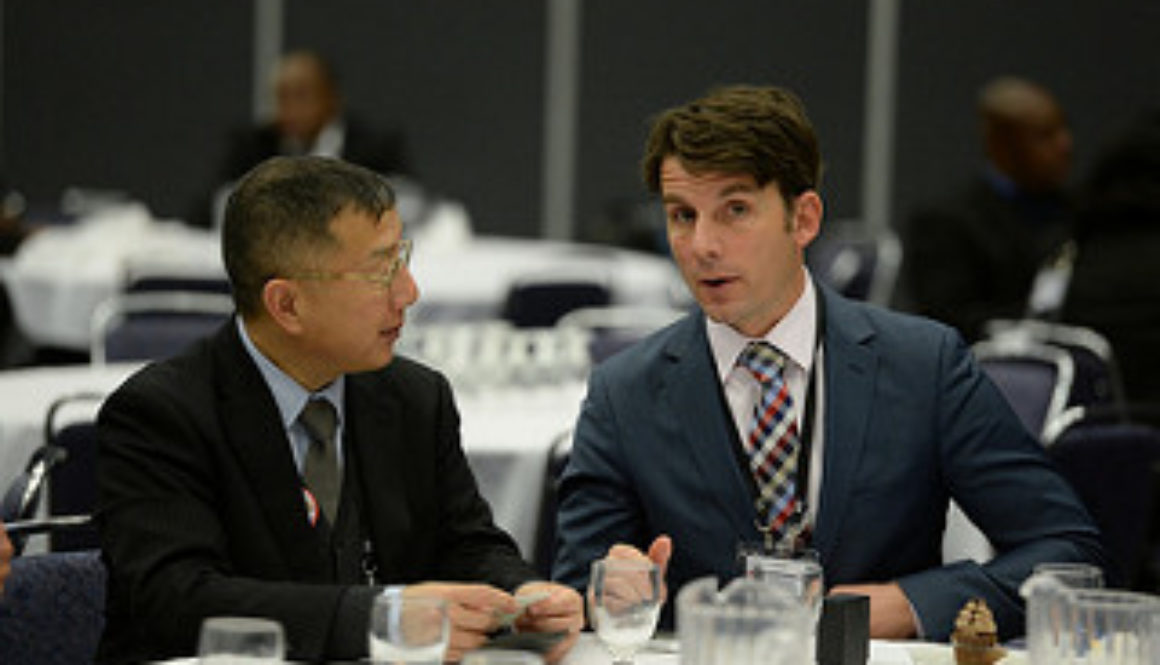
With RESILIENT/CITY attending the United Nation’s 5th Regional Platform in Montréal, one of the salient topics concerns the question of private sector support to enhancing resilience and DRR. A panel discussion with key private sector actors highlighted a new set of inputs.
Private sector engagement underscores the emerging need of governments and municipalities. Investments in urban zones is shared between the public and private sectors, so there is a vested interest. The UN’s ARISE program seeks to address this shared interest by bringing together more private sector entities.
The critical issues of urbanization and economic losses, plus the increasing frequency and intensity of weather events, means that greater cooperation is necessary. Companies like AECOM and IBM developed a resilience scorecard, in an attempt to quantify loss. UNISDR’s tool, the Ten Essentials, served as an inspiration for the AECOM/IBM project with the City of San Francisco. Now, this scorecard is used by over 90 global cities. This serves as a precursor for resilience and enhances recovery.
SMEs are also becoming more active participants. The City of New Orleans hosted a project with support from the Walmart Foundation and PWC to understand municipal resilience plans and its relationship to small businesses. The results of this project point to continued high levels of vulnerability coupled with low levels of preparedness. Hence, raising awareness for DRR and the private sector remains a crucial avenue for making businesses more resilient.
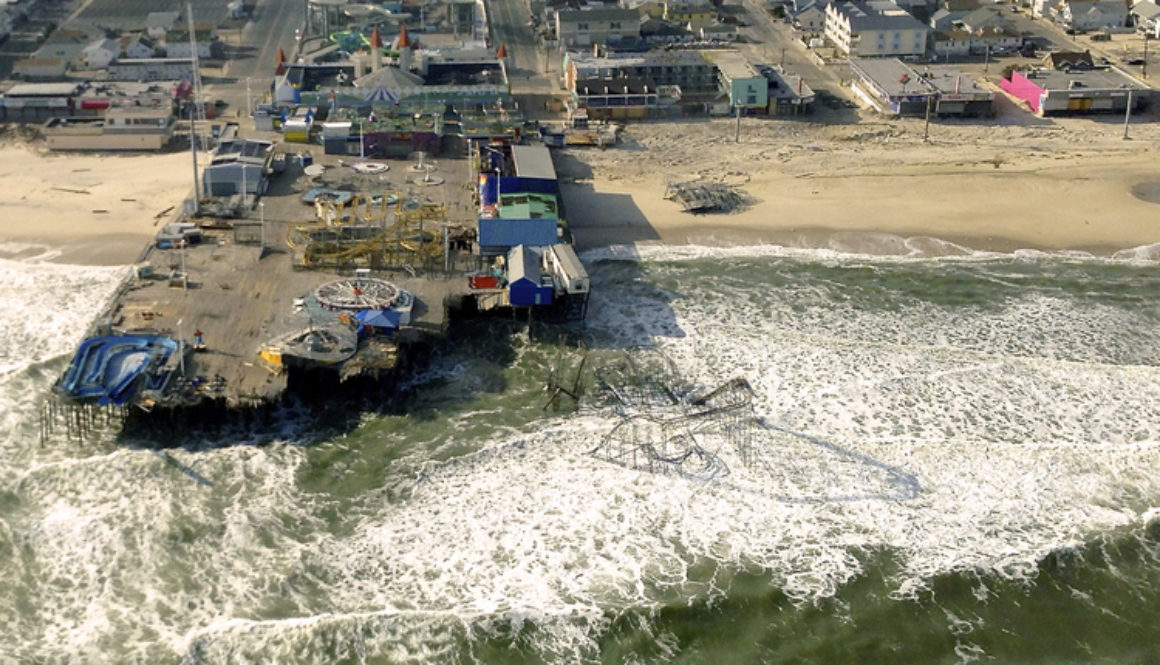
New York City – 27 February, 2017 – National and local governments are focusing increasingly on reducing their risks to disasters and the impacts of climate change and, in doing so, turning increasingly to the unique expertise found in research institutes and the private sector.
The Center for Urban Disaster Risk Reduction Resilience (CUDRR+R) and RESILIÉNT/CITY have entered into a partnership to offer decades of experience to address the growing challenges that climate change, information gaps and capacity limitations in government, and rapid urbanization that confront cities.
“Working with a partner like CUDRR+R means that cities and governments can access a complete set of expertise consulting services, from resilient land use and planning to how to include civil society and business interests and enhance risk-based governance,” says Alexander Mirescu, CEO and found of RESILIÉNT/CITY. Co-founder Isaac Preciado, who runs Latin America operations at RESILIÉNT/CITY, agrees: “Recent global agreements like the New Urban Agenda shows cities are the future of governance, so we are especially excited and honored to collaborate with CUDRR+R. Municipalities can greatly benefit by working with the unique set of expertise that CUDRR+R and RESILIÉNT/CITY bring to the table.”
CUDRR+R Director, Ebru Gencer, was instrumental in creating this partnership. “We are very excited to form a partnership with RESILIÉNT/CITY that has immense experience in risk-based governance. Through such a partnership, CUDRR+R will be able to identify capacity gaps in urban governance towards achieving its mission to reduce risks and increase resilience for sustainable urban development.”
According to the United Nations, seven of every ten humans will live in urban areas by 2050. While governments are improving in reducing human losses, cities have experienced skyrocketing rise in direct and indirect economic losses to critical infrastructure and financial systems. Cities are struggling to quickly adapt to extreme climate events so as to mitigate such losses and also reduce secondary effects like forced migration and increased gender and social inequality.
In the face of climate change and rapid global urbanization, Gencer sees that “cities are the hotspot of economic, social and cultural activity and unfortunately losses to disasters are increasing much faster than cities can react and recover. This calls for a well-thought strategy to identify gaps and increase capacity in urban management through the application of physical and non-physical tools. The partnership of CUDRR+R and RESILIÉNT/CITY aims to provide just that.”
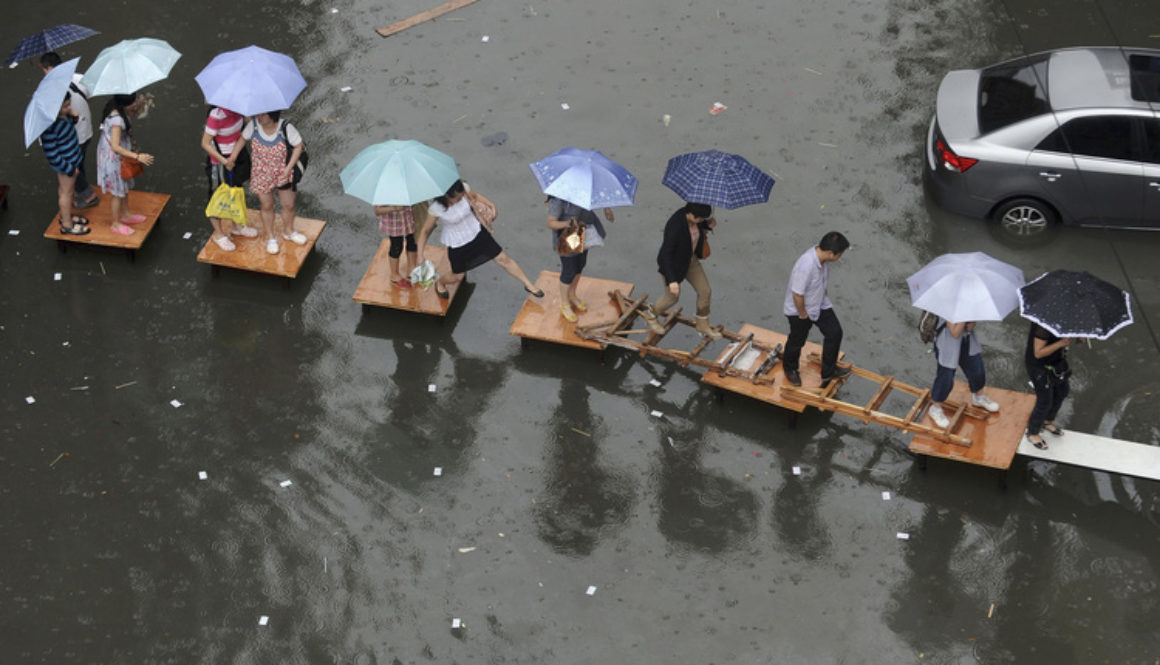
Nos gusta decir que RESILIÉNT/CITY va a participar en la 5ta Plataforma Regional en Montreal, Canadá entre 7-9 de Marzo 2017. Aqúi hay mas informacciónes: www.unisdr.org/we/inform/events/46627
